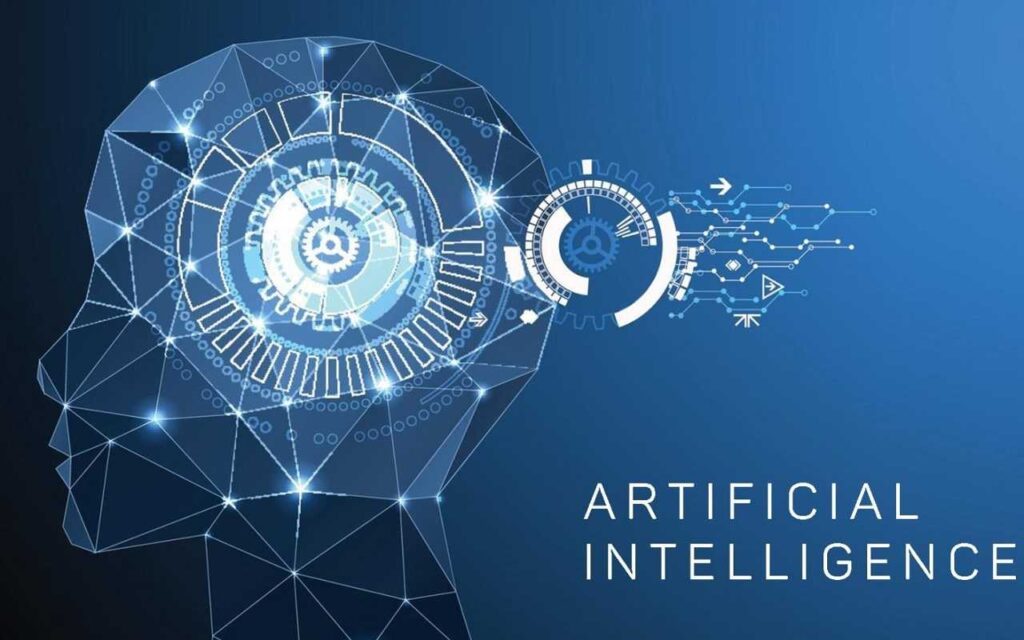Introduction:
Artificial intelligence (AI) has revolutionized numerous industries, and one of its most significant applications lies in detecting and verifying digital content. An AI detector is an advanced tool that identifies whether content, data, or activities involve AI-generated components. As digital interactions grow, the demand for reliable verification tools has surged, making AI detectors indispensable in ensuring authenticity, security, and trust.
What Is an AI Detector?
An AI detector is a software or algorithm designed to identify patterns, structures, or elements indicative of AI-generated content. It analyzes various aspects, such as text coherence, image pixel structure, or even audio wave patterns, to determine if AI technologies have been used. These tools are essential in detecting content created by AI models like GPT, image generators, or voice synthesis software.
Applications of AI Detectors
AI detection has broad applications across industries. Here are some key areas where these tools are making a significant impact:
1. Content Verification
In the digital publishing world, ensuring originality is crucial. AI detection helps content creators, editors, and publishers distinguish between human-written and AI-generated text, ensuring compliance with originality standards.
2. Academic Integrity
It plays a vital role in education by identifying AI-generated essays or assignments. They help educators uphold academic integrity by preventing students from relying solely on AI tools for their submissions.
3. Fraud Prevention
In financial institutions and e-commerce platforms, AI detection is used to analyze transaction patterns or user behaviors to detect fraudulent activities. By flagging unusual patterns, they strengthen online security.
4. Art and Design Authentication
As AI-generated art becomes more common, distinguishing between human-made and AI-created designs has become crucial for artists, galleries, and collectors. AI detector help authenticate artworks to protect intellectual property.
How Do AI Detector Work?
AI detectors utilize sophisticated algorithms that analyze input data and compare it against known patterns of AI behavior. The process typically involves:
- Data Analysis: The detector examines the structure, syntax, or design of the input.
- Pattern Recognition: Using machine learning, it identifies features unique to AI-generated content, such as overly polished phrasing or repetitive patterns.
- Scoring System: The output is often presented as a probability score, indicating the likelihood of the content being AI-generated.
Challenges Faced by AI Detectors
Despite their advanced capabilities, AI detection faces certain limitations:
1. Rapid AI Evolution
AI models constantly evolve, making it challenging for detectors to keep up with new techniques that mimic human-like patterns.
2. False Positives
AI detection sometimes misclassifies human-generated content as AI-generated due to similarities in style or structure, leading to credibility issues.
3. Ethical Considerations
Using AI detection in areas like surveillance or hiring processes raises ethical concerns about privacy and fairness, requiring careful regulation.
The Future of AI Detectors
The future of AI detectors lies in their ability to evolve alongside AI technologies. Researchers are focusing on enhancing accuracy, reducing false positives, and integrating these tools seamlessly into workflows. Innovations such as real-time detection and cross-platform compatibility are likely to make AI detectors more effective and user-friendly.
Conclusion
AI detectors are becoming essential in today’s AI-driven world, offering critical insights and safeguards across various domains. From maintaining content authenticity to ensuring cybersecurity, these tools empower individuals and organizations to navigate the digital landscape confidently. As technology advances, AI detection will play an even more pivotal role in fostering trust and reliability in a rapidly evolving environment.






